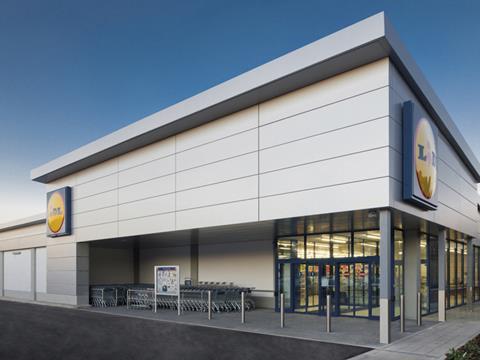
Discounters Aldi and Lidl are increasingly becoming the anchor tenants of out-of-town shopping centres, amid a huge surge in value retailers locating at such sites.
New research by property giant Savills shows a boom in the location of discounters and other value stores at out-of-town locations.
However, it also claims upmarket retailers are inreasingly attracted by the footfall of being located at sites anchored by the discounters.
The report said that since 2014 there had been a 106% growth in the number of value retailers in out-of-town (OOT) locations, from 5,000 to more than 10,000 retail units nationally.
But it says that whereas in the past the focus was on traditional bulky home improvement stores, grocery is now booming as a key part of the mix.
The report says there are currently 423 OOT schemes anchored by either an Aldi, Lidl, Iceland or Farmfoods store, up by 78% on 2011, when just 238 contained one such grocer.
“Strong shopper demand for value grocery retail has seen landlords and developers welcome the sector into OOT retail parks in recent years, increasingly as anchor tenants,” said report author Sam Arrowsmith.
“Landlords are increasingly looking to bring in key fashion and comparison brands and grocery retailing, as a result not only appealing to the ‘home owner’ but attracting consumers that may not have previously ventured on to a retail park for those kind of goods.
“Value retailers have become a key part of that process and recognise the personal commercial advantage; using one such retailer as an anchor or key tenant can draw a broad target audience to a retail scheme that also contains mass market and more aspirational retail brands.”
Savills said smaller OOT schemes were emerging as the key growth format for value grocery retailers, with 223 schemes anchored by a value grocer under 40,000 sq ft, more than half of the total.
Savills also claimed that OOT schemes with shops such as Aldi and Lidl on board were seeing an improvement in their prominence, with fewer vacancies as a whole.
“For schemes containing a value grocery retailer, vacancy rates have fallen from 12% in 2011 to 8% in 2017,” said Arrowsmith.
“What is clear is the value retail market has been successful in filling some of the voids that came as a consequence of the recession, as they seek to thrive in the space and an economic climate where other less bargain-driven retailers have struggled.
“The presence of a shop such as Aldi is bringing in other value grocery brands.”
Home Bargains has 76 stores on parks anchored by Aldi, Lidl, Iceland or Farmfoods. Six years ago, the figure was 32.
But Savills said the same was true for more upmarket brands wanting to benefit from the footfall.
“Crucially some more upmarket brands, such as Marks & Spencer and Next, are also increasingly finding themselves located alongside value grocers,” said Arrowsmith. “For example, M&S, which currently has 23 stores located adjacent to value grocery retail brands, had only nine back in 2011. Next’s adjacency to value grocery has grown from 14 schemes in 2011 to 22 currently.
“There has been a shift in brand perception by the consumer which has subsequently led to a change in attitude towards these brands from occupiers, landlords and developers alike.”







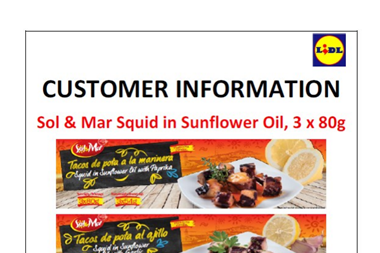
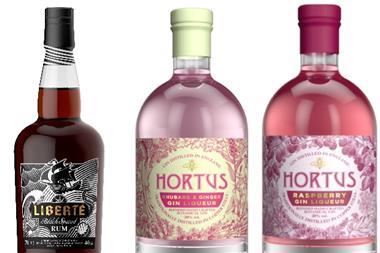
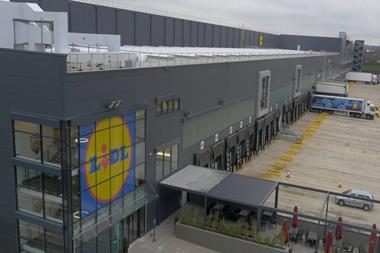
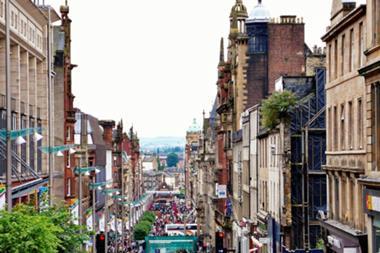








No comments yet